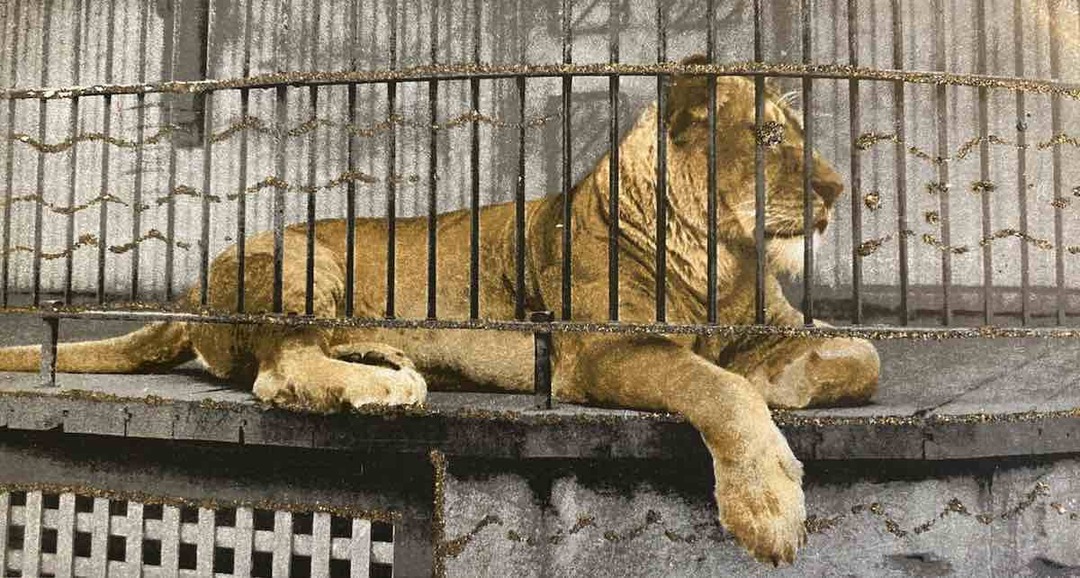
Jeptha Wade, whose fortune was largely derived from his establishment of the Western Union Telegraph, was a philanthropist whose generosity led to the creation of many cultural institutions in the Cleveland area. The Cleveland Museum of Art and the Cleveland Metroparks Zoo owe a great deal to this portrait painter turned industrialist. He was also very involved in what became Case Western Reserve University and the Hathaway Brown School.
In the late nineteenth century, Cleveland was a booming city and men like Jeptha Wade, John D. Rockefeller and the Severance family wanted to bring culture and an appreciation of the arts to the community. The development of busy cities from rural areas changed the landscape. In the midst of the explosive urban growth, efforts were made to preserve nature and give residents an escape from the noise and bustle of the city by creating parks. A popular feature included in some of these urban located parks were zoos.
In 1882, Jeptha Wade gave Cleveland its first zoo. He donated over 70 acres of land from his estate and 14 deer along with their enclosure. This was the beginning of a zoo in what later became Wade Park. Along with the zoo attractions, Wade Park also housed a lagoon, tennis courts, picnic areas, and ball fields. The city added to the zoo population by purchasing 100 pigeons, two vultures and a seagull. Eventually, this early zoo became home for two black bears, elk, rabbits, two peccaries and a pair of lions. It contained the Deer Park, the Octagon Animal House, animal cages, a barn, a sea lion pool, and a carp pond.
With time, the zoo outgrew the space in Wade Park. A decision was therefore made by the City Council in 1907 to move the zoo to Brookside Park. Following the move, the original location of the zoo was redeveloped as part of the Natural History Museum and the Cleveland Museum of Art projects.
Images





